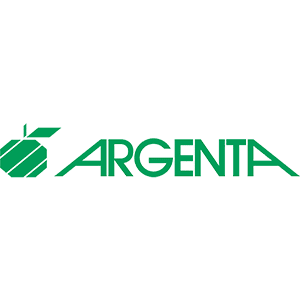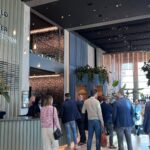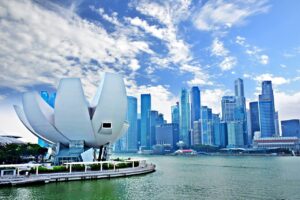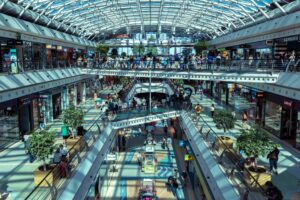
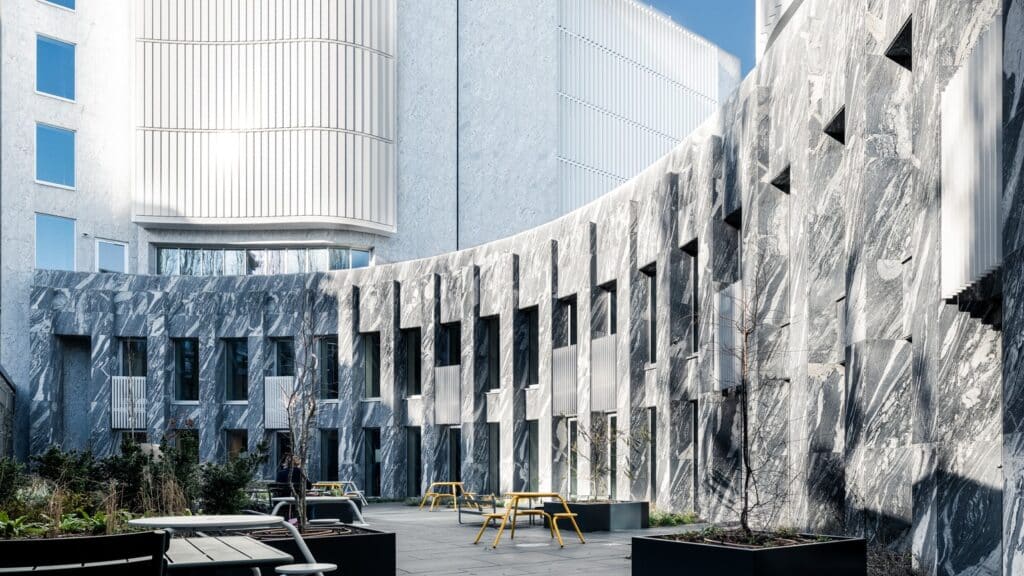
With green bonds, Argenta continues to guarantee growth in sustainable mortgage financing
Argenta has been a mortgage lender in Belgium for some 65 years, and has also been active in the Netherlands since 1998. Backed by family shareholders and with a local mindset, Argenta has been making sustainable choices right from the start. Now that investors and customers are also increasingly aware of the importance of sustainability, Argenta is taking another step forward. Setting up a Green Bond Framework is a good way to ensure Argenta’s sustainable ambitions continue in the future.
The choice for green bonds
According to Stéphanie Dangreau, Argenta’s sustainability manager, the choice for green bonds was an open door. “We’ve been doing wholesale funding since 2016, but you want to continue to stand out,” says Stéphanie. “Sustainability is in our DNA and the appetite for green bonds is growing enormously. In short: we have a supply, and there’s a demand. It’s time to match those up. In addition, sustainability also provides insurance for the future and by issuing green bonds we can continue to guarantee growth in our sustainable mortgage financing.”
“Our customers, shareholders and investors expect our bank to be sustainable. We want to be distinctive in this respect, in part through sustainable mortgage financing.”
– Stéphanie Dangreau, Sustainability Manager at Argenta
The guidelines for green bonds: establishing frameworks
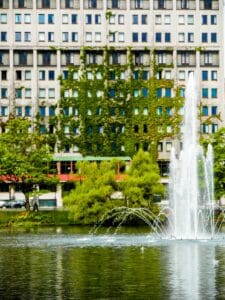
The issuance of a green bond is subject to quite a number of rules. Because how do you determine the guidelines and what makes a green bond really green? Erwin De Smet, Funding and Capital Policy Manager at Argenta, explains. “There is an EU taxonomy in which the guidelines are described by Europe. There are also European and international standards for green bonds, but these are still far from complete. That’s why we’ve been proactive. We have used the EU taxonomy as a framework, with sufficient flexibility to allow for future regulatory developments. Our investors, too, confirm that this should be the new norm. To ensure that our framework is robust and credible, we commissioned an independent expert, CFP Green Buildings, to produce a Methodology Report detailing exactly what our assets need to meet in order to be labelled ‘green’ and ‘eligible’.”
Challenges in drafting a Methodology Report
The guidelines and frameworks for the green bonds are compiled in a Methodology Report. Argenta is the first in the Benelux to have such a report drawn up, so is leading the charge. “We faced some major challenges in preparing the report,” says Erwin. “For example, not all buildings in Belgium have an energy label and not all data is publicly available like in the Netherlands, so there’s not a lot of data at hand. Moreover, the rules and building regulations differ from region to region. CFP helped us collect the necessary data and has the knowledge and experience needed to draw up a Methodology Report, including an Impact Report. This report shows the impact of our funding: it shows how much less CO2 we emit and what your contribution to the transition to a greener economy is. In Belgium it is all still quite new, and I’m sure that these reports will set a nice benchmark for other parties.”
What does a green bond yield?
Argenta issued its first green bond in February 2022. This issue convinced a lot of new investors, and helped make existing investors interested in investing even more. “We got a lot of positive reactions,” Stéphanie recalls. “Investors find our sustainability story authentic and credible and see growth opportunities for the future. The buzz around the green bonds attracted one billion euro in investment, so we were able to allocate 100 million more than initially expected.”
“Thanks to the Green Bond Framework, we were able to charm new investors with our sustainability story. We were able to allocate 100 million more than initially expected.”
– Stéphanie Dangreau, Argenta
Future aims
Argenta wants to make a difference through sustainable banking: through products, but also through buildings and people. “We want to join the European ambitions to be energy-neutral in 2050,” says Erwin to conclude. “But we also want to make sustainable living more accessible and affordable. For we must not lose sight of this social dimension. And we hope to be able to do this more quickly, of course, meaning before 2050. The ultimate challenge is to make the commercial real-estate portfolio fully sustainable. We want to effectively guide clients to a sustainable home, both buyers and those looking to renovate.”
Do you also want to get started with green bonds or other sustainability reports? Please contact us for tailor-made advice.
